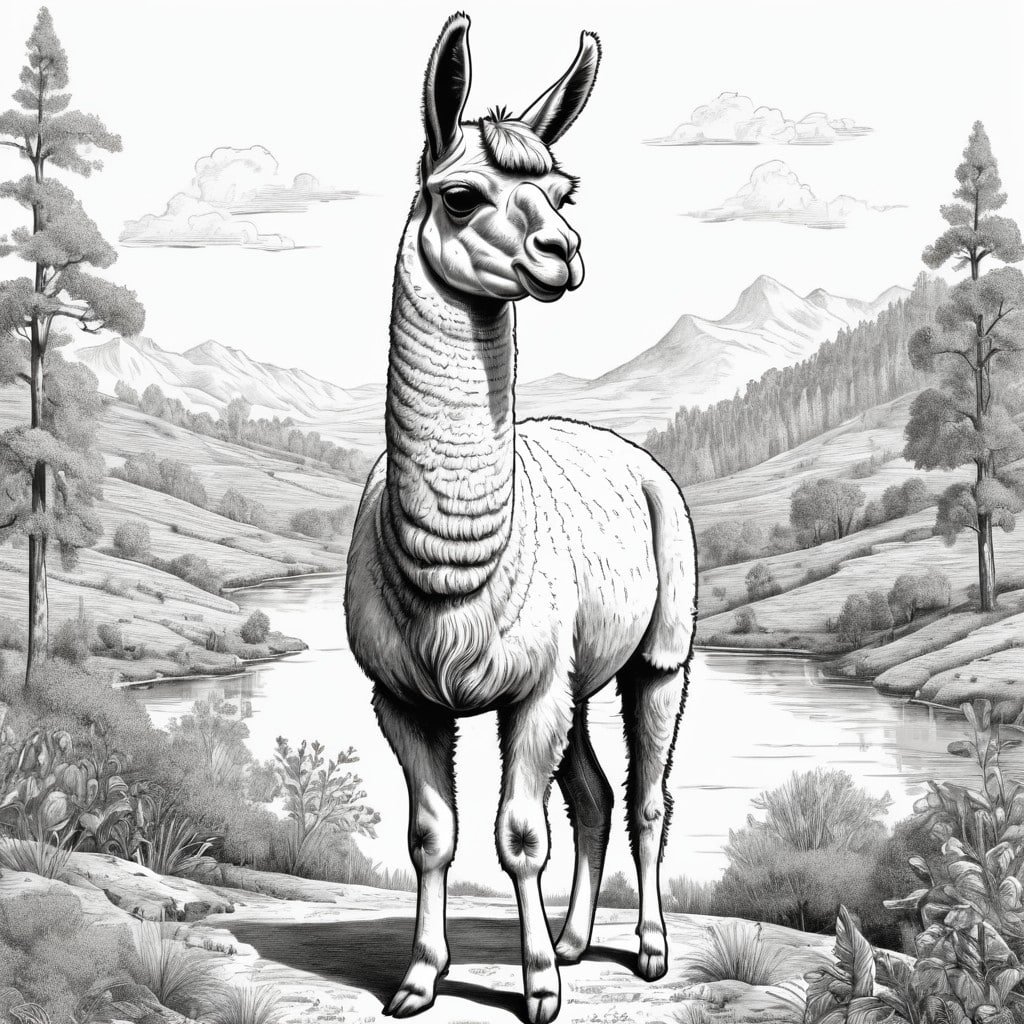
Llamas in the Quilotoa
The Llamas and Alpacas that live in Quilotoa and the surrounding of Quilotoa Lagoon are important for the local environment and communities of the Andes Mountain.
Alpacas, Llamas (in Ecuador named "Llamingo"), Guanacos and Vicuñas are part of the Camelid family, which also includes the popular Camels.
The Llama in the Ecuadorian Andes
These native animals play significant roles for the communities that inhabit the moorland of the Andean region of Ecuador and South America
In mountainous areas, where the terrain is rugged and difficult, Llamas are used as pack animals to transport goods and supplies. Llama's wool is also a highly prized raw material for its softness and warmth, used for production of clothing and accessories.
Due to their beautiful appearance, Llamas and Alpacas are also used as a tourist attraction, offering visitors the opportunity to meet and interact with them. These adorable species are also part of traditional festivals and local ceremonies.
If you are lucky you can find Llamas and Alpacas on the trail to Quilotoa Beach.
Origin of Llamas in America

The ancestor of modern Llamas is the Guanaco (Lama guanicoe), a wild animal that inhabited the high Andean regions. Domestication of Guanacos into Llamas is believed to have begun around 5,000 to 6,000 years ago, in what is now southern Peru, Bolivia, and northern Chile and Argentina.
To this day, this species of camelid inhabits the Andean mountains of Ecuador.
The Jesuit, José de Acosta, in his book "The Natural and Moral History of the Indies", attempts to explain the origin of camelids in the Americas in a chapter entitled: "How is it possible to have animals in the Indies that do not exist anywhere else in the world?".
Camelids on national coats of arms
🇧🇴 The National Coat of Arms of Bolivia was officially adopted in 1888. The Alpaca is an emblematic animal of Bolivia, represented on the national coat of arms due to its close connection with the traditions and life of Bolivian rural communities.
🇵🇪 The National Coat of Arms of Peru was officially adopted in 1825. The Vicuña on the national coat of arms of Peru represents the country's rich biodiversity and the Peruvian identity, valued for its Inca heritage and connection to the Andes.


Meet Llamas at the Quilotoa!
On a trip to Quilotoa, you'll have the opportunity to watch Llamas and Alpacas of the Ecuadorian highlands surrounded by stunning landscapes of Quilotoa Lagoon.
